Home>Storage Ideas>Storage Baskets>When To Plant Winter Hanging Baskets
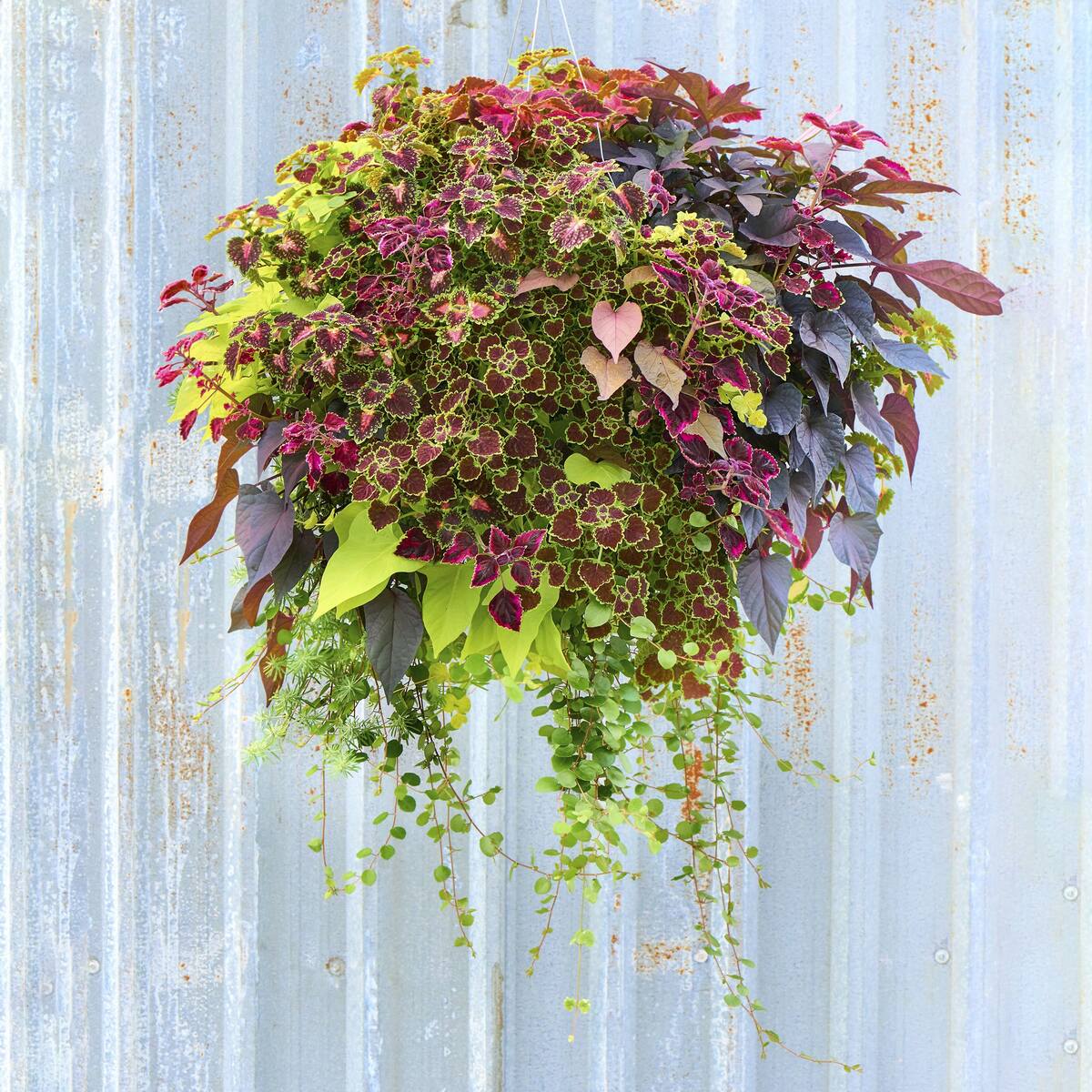

Storage Baskets
When To Plant Winter Hanging Baskets
Modified: December 7, 2023
Discover the best time to plant winter hanging baskets and create a stunning display with our wide selection of storage baskets. Prepare for a season of beauty and functionality!
(Many of the links in this article redirect to a specific reviewed product. Your purchase of these products through affiliate links helps to generate commission for Storables.com, at no extra cost. Learn more)
Introduction
When it comes to adding a touch of beauty and greenery to your outdoor space during the winter months, planting winter hanging baskets is a fantastic choice. These baskets not only provide a burst of color and life, but they also offer a unique opportunity to showcase a variety of plants that can thrive in cooler temperatures.
Winter hanging baskets are not only aesthetically pleasing; they also play a practical role in brightening up an otherwise gloomy and dull winter landscape. Whether you have a small balcony, a porch, or even a spacious backyard, these baskets can transform your space into a winter wonderland.
In this article, we will explore when to plant winter hanging baskets and provide you with some essential tips to help you create stunning winter displays that will keep your space vibrant and lively throughout the colder months.
Before we dive into the details, it is important to note that planting winter hanging baskets requires careful consideration and planning. Unlike traditional summer baskets, winter baskets need to withstand harsher weather conditions, including cold temperatures, frost, and in some cases, strong winds.
With that in mind, let’s explore the different aspects involved in successfully planting and caring for winter hanging baskets, starting with the selection of the right plants.
Key Takeaways:
- Create stunning winter hanging baskets by choosing cold-hardy plants, preparing baskets with proper drainage, and selecting the right location for sunlight and wind protection. Care for your baskets with regular watering, frost protection, and maintenance to enjoy vibrant displays throughout winter.
- Transform your outdoor space with vibrant winter hanging baskets. Choose colorful, cold-hardy plants, prepare baskets with proper drainage, and select ideal locations for sunlight and wind protection. Care for your baskets with regular watering, frost protection, and maintenance to enjoy stunning displays throughout winter.
Choosing the Right Plants
When it comes to selecting plants for your winter hanging baskets, it’s essential to choose varieties that can withstand the colder temperatures and still provide a beautiful display. Here are some key factors to consider when choosing the right plants:
- Cold-hardy plants: Opt for plants that can tolerate frost and cold temperatures without wilting or dying. Some popular choices include winter pansies, ornamental cabbages and kales, winter heathers, and evergreen shrubs like ivy and boxwood.
- Vibrant colors: Despite the lack of sunlight during winter, your hanging baskets can still be a burst of vibrant color. Look for plants that offer colorful blooms or foliage, such as winter-flowering pansies in shades of purple, yellow, and white, or heathers with their striking pink, purple, or white flowers.
- Textural variety: To add visual interest to your hanging baskets, choose plants that offer a mix of different textures. Consider combining fine-textured plants like trailing winter heathers with broader, leafier options like ornamental cabbages or evergreen ferns.
- Trailing plants: To create an attractive cascading effect, include some trailing plants in your winter hanging baskets. Ivy, trailing winter pansies, and trailing variegated euonymus are excellent choices that will add dimension and depth to your display.
Remember, it’s essential to choose plants that are suitable for the specific conditions of your location. Consider factors such as the amount of sunlight your hanging baskets will receive, as some plants may need more sunlight than others to thrive. Additionally, pay attention to the size and growth habit of the plants to ensure they will fit well in your hanging baskets.
Now that you have an idea of the types of plants to consider for your winter hanging baskets, let’s move on to the next step: preparing the baskets themselves.
Preparing the Baskets
Properly preparing your baskets before planting is crucial for the success of your winter hanging baskets. Follow these steps to ensure your baskets are ready to accommodate the plants:
- Clean the baskets: If you are reusing baskets from previous seasons, start by cleaning them thoroughly. Remove any remnants of old soil, dead plants, or debris. Use a brush or cloth to scrub away any dirt or stains. This will help prevent the spread of diseases and ensure a fresh start for your new plants.
- Choose the right basket size: Select baskets that are large enough to accommodate the root systems of the plants you have chosen. A larger basket will provide more space for root growth and allow for better drainage.
- Add drainage material: Place a layer of drainage material, such as small stones or broken pottery pieces, at the bottom of the baskets. This will help prevent water from accumulating in the bottom and causing root rot.
- Line the baskets: Line the inside of the baskets with a liner to hold the soil in place and prevent it from falling through the gaps. You can use burlap, coconut coir, or specially designed hanging basket liners. Trim the liner to fit the baskets, leaving a little excess to fold over the top of the basket.
- Add potting soil: Fill the baskets with high-quality potting soil, leaving some space at the top to accommodate the plants. The soil should be well-draining but retain enough moisture to keep the plants hydrated.
Once your baskets are prepared, they are now ready to be placed in their designated spot. Next, we will discuss the importance of selecting the proper location for your winter hanging baskets.
Selecting the Proper Location
Choosing the right location for your winter hanging baskets is important to ensure that your plants receive the optimum amount of sunlight and protection from harsh weather conditions. Consider the following factors when deciding where to hang your baskets:
- Amount of sunlight: Most winter plants thrive in areas that receive at least a few hours of direct sunlight each day. Observe your outdoor space and identify areas that get the right amount of sunlight during the winter months. South-facing locations usually receive the most sunlight, while north-facing spots may have less sun exposure. Take note of any shade patterns caused by nearby buildings or trees.
- Protection from wind: Winter winds can be harsh and damaging to delicate plants. Look for locations that provide some natural protection, such as near a wall, under an eave, or in a sheltered corner. Avoid areas that are exposed to strong gusts of wind, as it can dry out the soil and cause damage to the plants.
- Accessibility: Consider the accessibility of the location for watering and maintenance. Ensure that the hanging baskets are easily reachable, especially if you need to water them regularly or remove any dead flowers or leaves.
- Visual impact: Think about the visual impact you want to create with your winter hanging baskets. Place them in locations where they can be admired and enjoyed, such as near windows, entryways, or seating areas. Consider how the baskets will complement the overall aesthetics of your outdoor space.
Remember, the specific conditions of your outdoor area may vary, so it’s important to assess each location and choose the one that best suits your plants’ needs. Once you have selected the proper location, it’s time to start planting your winter hanging baskets.
In the next section, we will discuss the steps to successfully plant your winter hanging baskets with the selected plants.
Tip: Plant winter hanging baskets in late summer or early fall to allow the plants to establish before the colder weather sets in. Choose cold-tolerant plants like pansies, ornamental cabbage, and ivy for a beautiful display throughout the winter months.
Planting the Winter Hanging Baskets
Planting your winter hanging baskets requires careful attention to detail to ensure that your plants have the best chance of thriving throughout the colder months. Follow these steps to successfully plant your winter hanging baskets:
- Wet the soil: Before adding any plants, moisten the potting soil in the baskets to ensure that it is evenly damp. This will help the plants establish their roots more easily.
- Arrange the plants: Start by arranging the selected plants in the baskets, considering their sizes and growth habits. Place taller plants in the center or towards the back, and trailing or lower-growing plants towards the edge or front of the basket. This will create a balanced and visually pleasing arrangement.
- Plant the plants: Carefully remove each plant from its pot and gently loosen the roots. Dig a small hole in the soil of the basket and place the plant into it, ensuring that the roots are covered with soil. Press the soil gently around the base of each plant to secure it in place.
- Fill in the gaps: Fill in any gaps between the plants with additional potting soil. Be sure to press the soil firmly, but not too tightly, so that it holds the plants securely. Keep in mind that the soil level should be slightly below the rim of the basket to allow for watering.
- Water thoroughly: After planting, give your winter hanging baskets a thorough watering to settle the soil and provide moisture for the plants. Ensure that the water reaches all the way to the bottom of the basket. Avoid overwatering, as it can lead to root rot.
Once you have finished planting your winter hanging baskets, it’s important to provide the proper care and maintenance to keep your plants healthy throughout the season. We will discuss how to care for your winter hanging baskets in the next section.
With these planting steps, you can create stunning winter hanging baskets that will bring color and life to your outdoor space during the colder months.
Read more: What To Plant In Hanging Baskets In Shade
Caring for Winter Hanging Baskets
Proper care and maintenance are essential to keep your winter hanging baskets looking beautiful and thriving throughout the season. Follow these tips to ensure your plants stay healthy and vibrant:
- Watering: Although winter conditions are generally cooler and tend to have more rainfall, it’s crucial to monitor the moisture levels in your hanging baskets. Water your plants when the top inch of soil feels dry to the touch. Be cautious not to overwater, as excess moisture can lead to root rot. Aim for a balance, ensuring the soil is moist but not saturated.
- Protection from freezing: During freezing temperatures, protect your plants by moving the hanging baskets to a sheltered area or covering them with frost blankets or burlap. This will help prevent frost damage and protect the plants from harsh conditions.
- Deadheading: Regularly remove any faded or dead flowers to encourage continuous blooming and overall plant health. This will help redirect the plant’s energy towards new growth and prevent the formation of seed pods.
- Fertilizing: While winter plants don’t require frequent fertilization, applying a slow-release fertilizer in the early stages of planting can provide nutrients to the plants throughout the season. Follow the instructions on the fertilizer package carefully, as different products may have specific application rates and timings.
- Monitor pests and diseases: Keep an eye out for common pests and diseases that can affect your winter plants, such as aphids and powdery mildew. Regularly inspect your hanging baskets and take appropriate action if any issues arise, such as removing affected leaves or using organic pest control methods.
- Pruning: Trim back any leggy growth or remove damaged leaves to maintain the overall shape and appearance of your winter hanging baskets. Pruning can also help improve air circulation, reducing the risk of fungal diseases.
By following these care tips, you can ensure that your winter hanging baskets remain healthy and vibrant throughout the colder months, providing you with a stunning display of color and foliage.
Now that you know how to care for your winter hanging baskets, let’s conclude this article with a summary of the key points discussed.
Conclusion
Winter hanging baskets are a fantastic way to add beauty and vibrancy to your outdoor space during the colder months. By choosing the right plants, preparing the baskets properly, selecting the proper location, and providing the necessary care, you can create stunning displays that will withstand the harsh winter conditions.
When selecting plants for your winter hanging baskets, opt for cold-hardy varieties that can tolerate frost and colder temperatures. Choose plants with vibrant colors and a mix of textures to create visual interest. Trailing plants can add a cascading effect to your display.
Preparing the baskets involves cleaning them, choosing the right size, adding drainage material, and lining them to hold the soil in place. Select a location that offers the right amount of sunlight, protection from wind, and accessibility for maintenance.
Planting the winter hanging baskets involves wetting the soil, arranging and planting the chosen plants, filling in gaps, and watering thoroughly. Proper care includes regular watering, protection from freezing temperatures, deadheading, fertilizing, monitoring pests and diseases, and pruning as needed.
Remember to monitor the moisture levels, protect against freezing temperatures, remove faded flowers, fertilize appropriately, and address any pest or disease issues that may arise. Pruning is important to maintain the shape and appearance of your winter hanging baskets.
With the right plants, proper preparation, careful selection of the location, and consistent care, your winter hanging baskets can bring joy and beauty to your outdoor space throughout the colder months. Enjoy the vibrant colors and the sense of life they add to your winter landscape.
Now that you are equipped with the knowledge and steps to plant and care for your winter hanging baskets, get creative and have fun bringing nature’s beauty into your winter surroundings!
Frequently Asked Questions about When To Plant Winter Hanging Baskets
Was this page helpful?
At Storables.com, we guarantee accurate and reliable information. Our content, validated by Expert Board Contributors, is crafted following stringent Editorial Policies. We're committed to providing you with well-researched, expert-backed insights for all your informational needs.
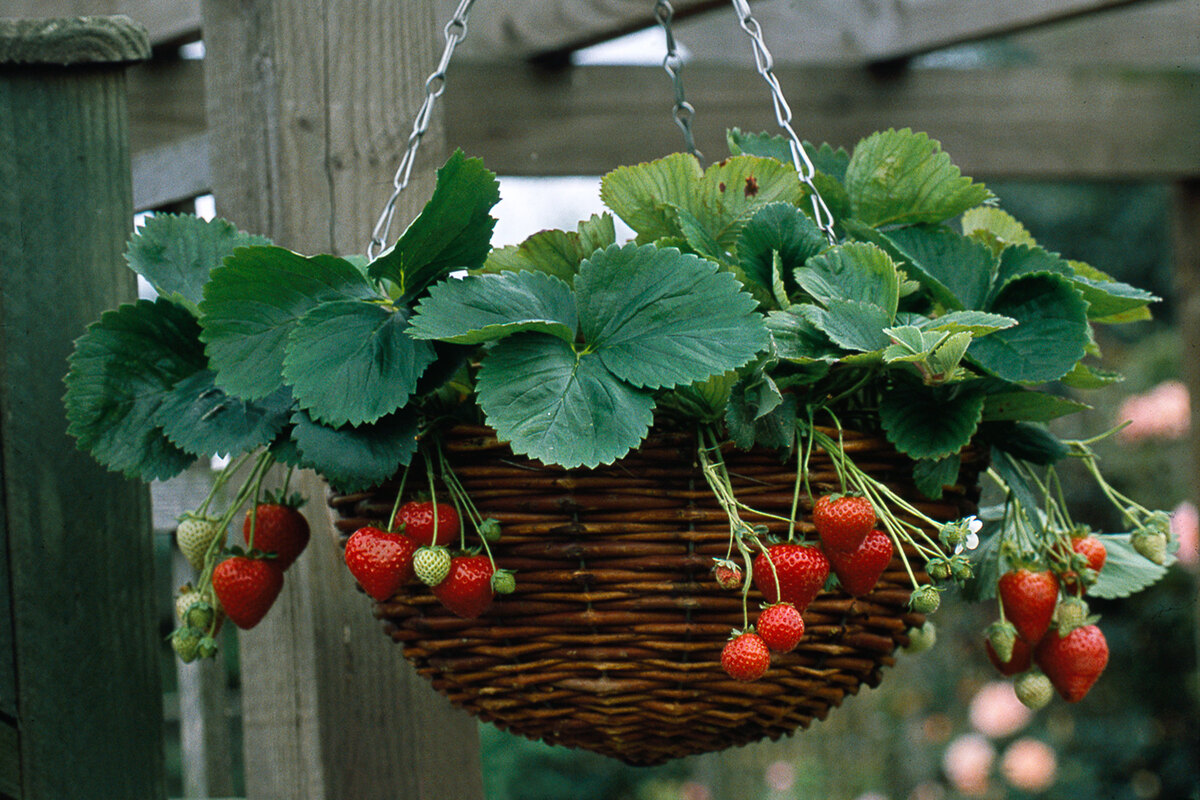
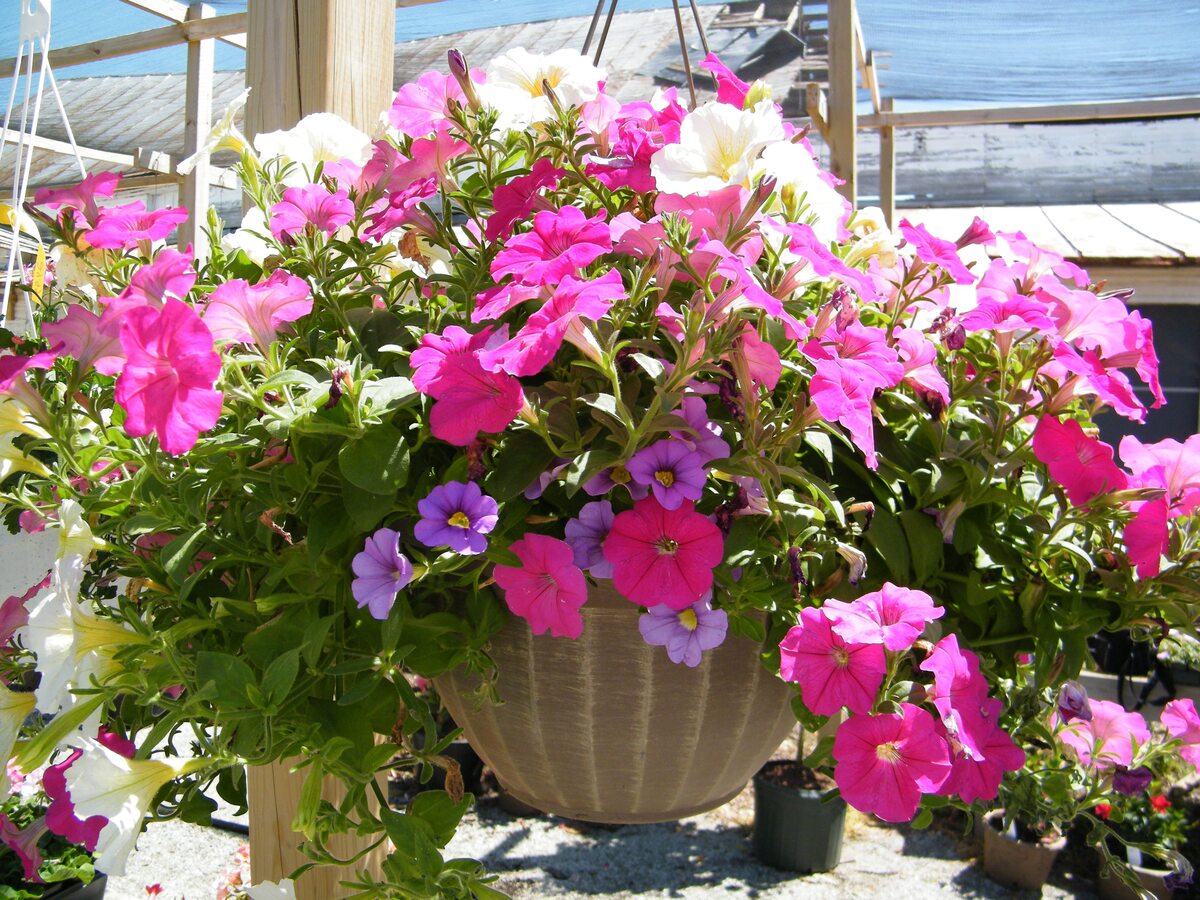
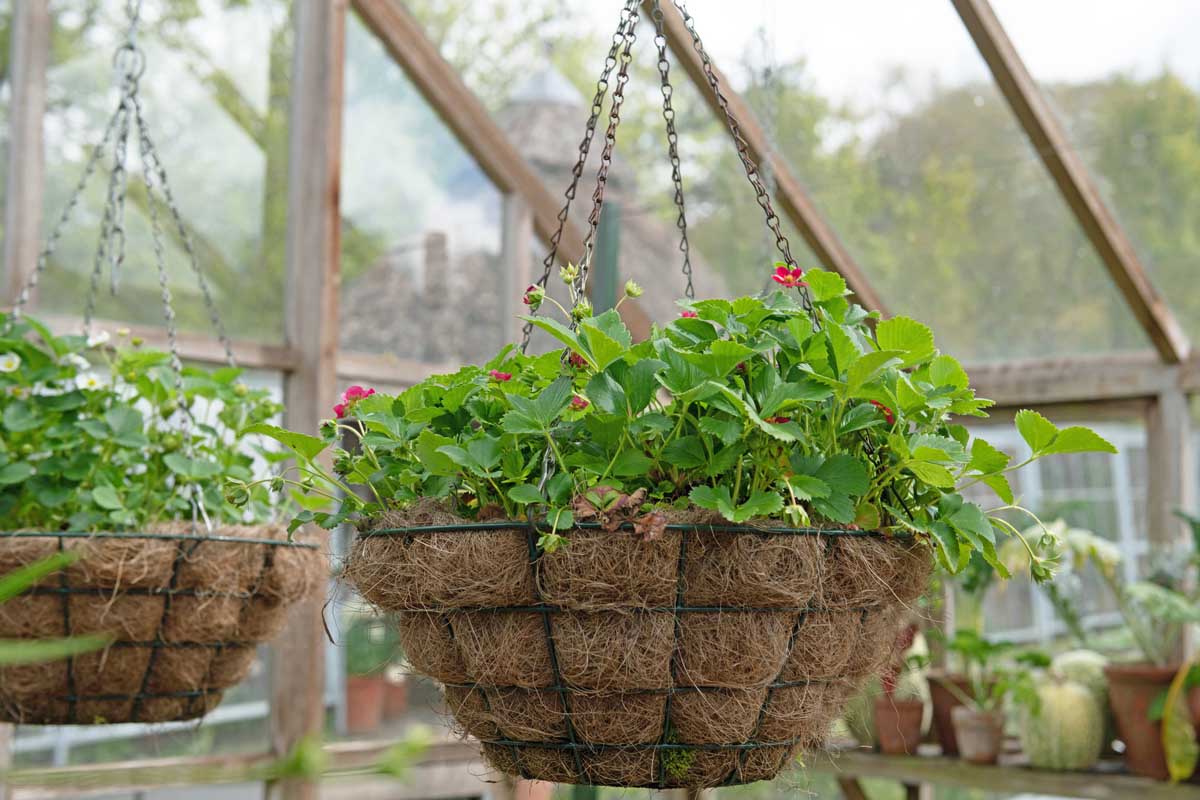

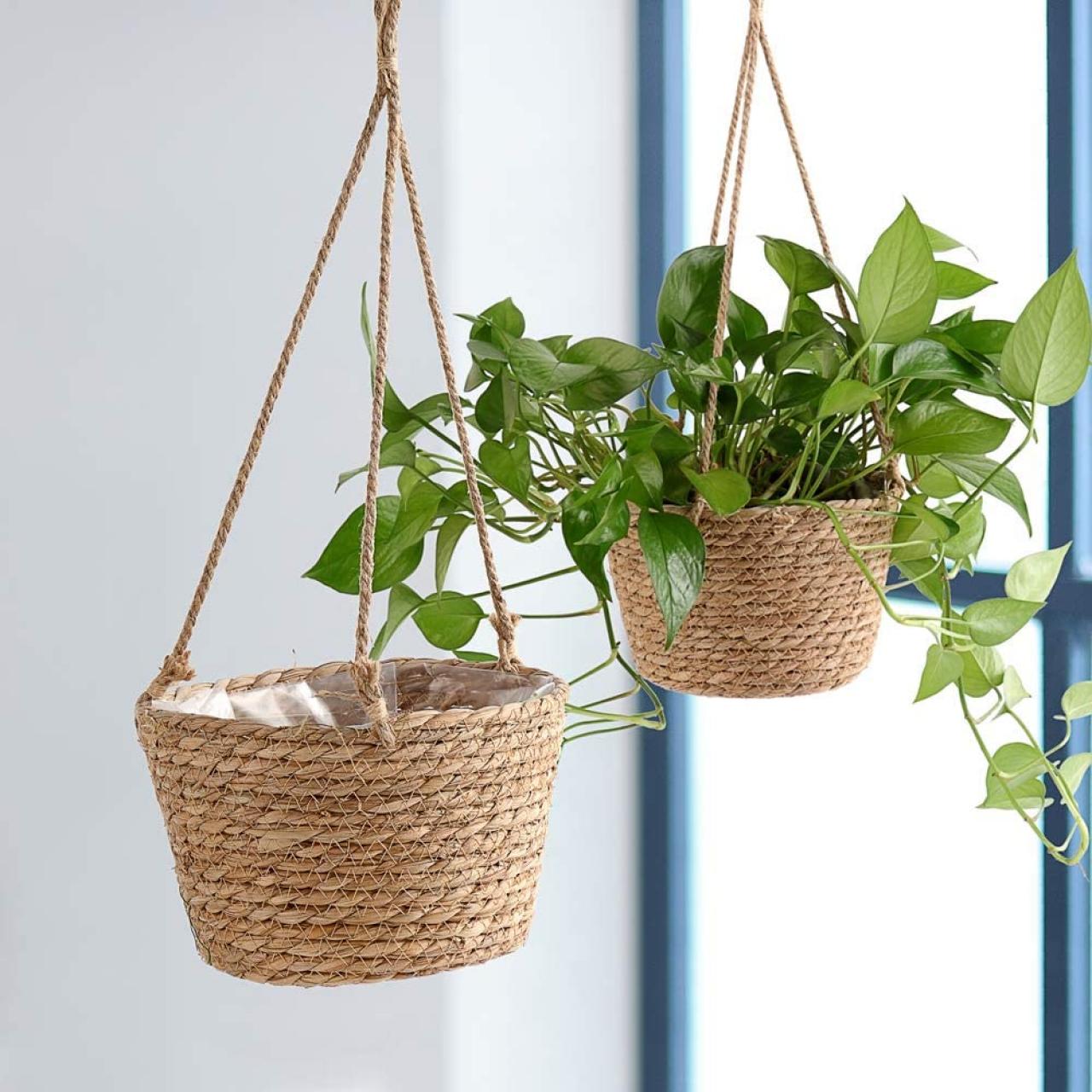
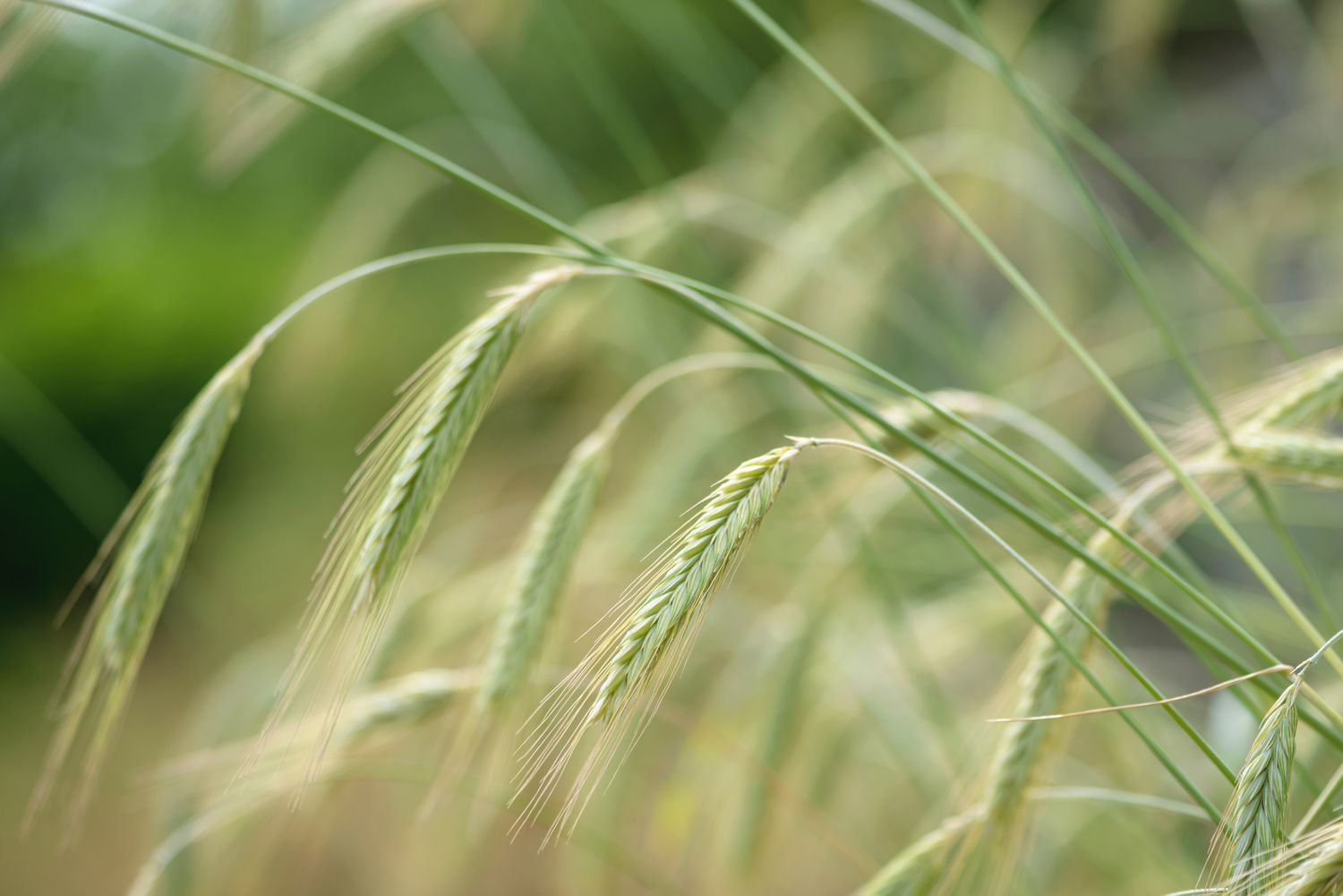

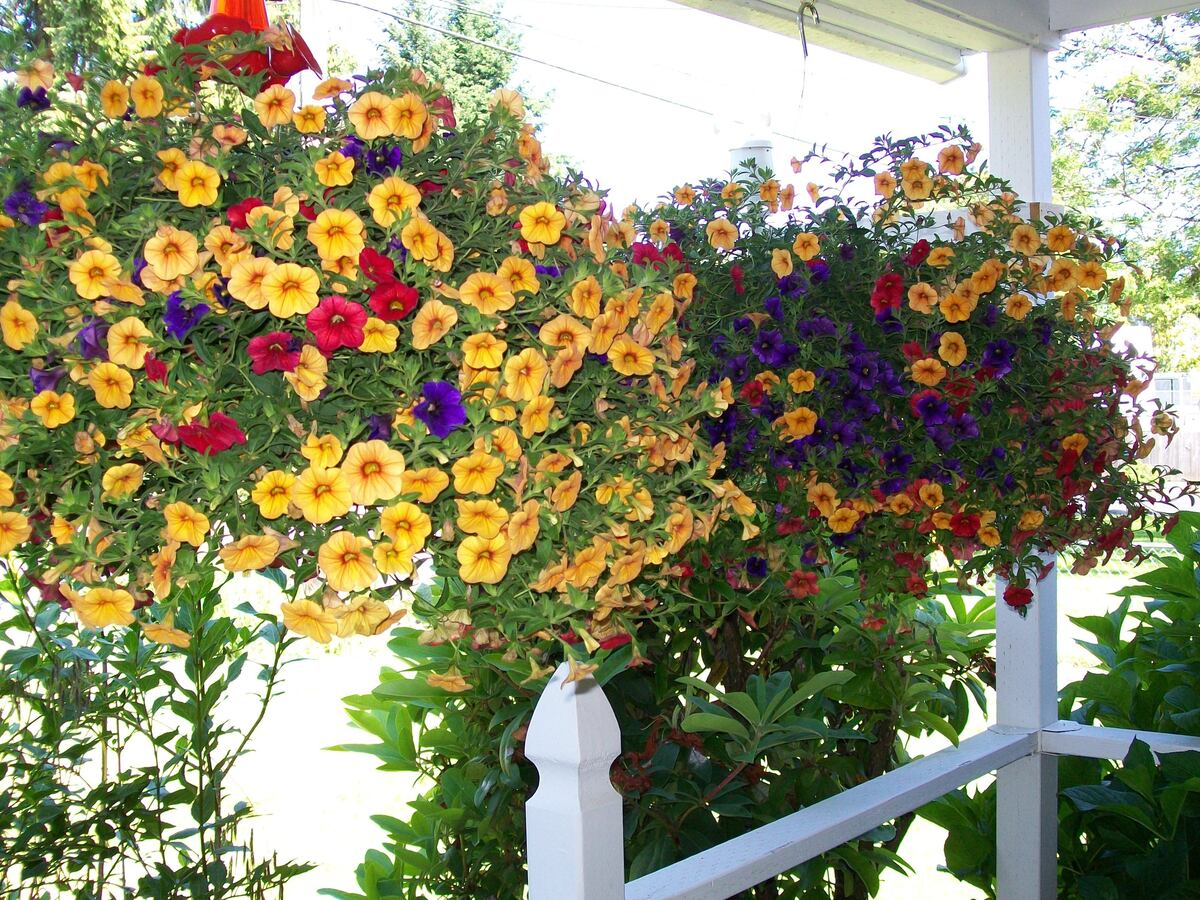

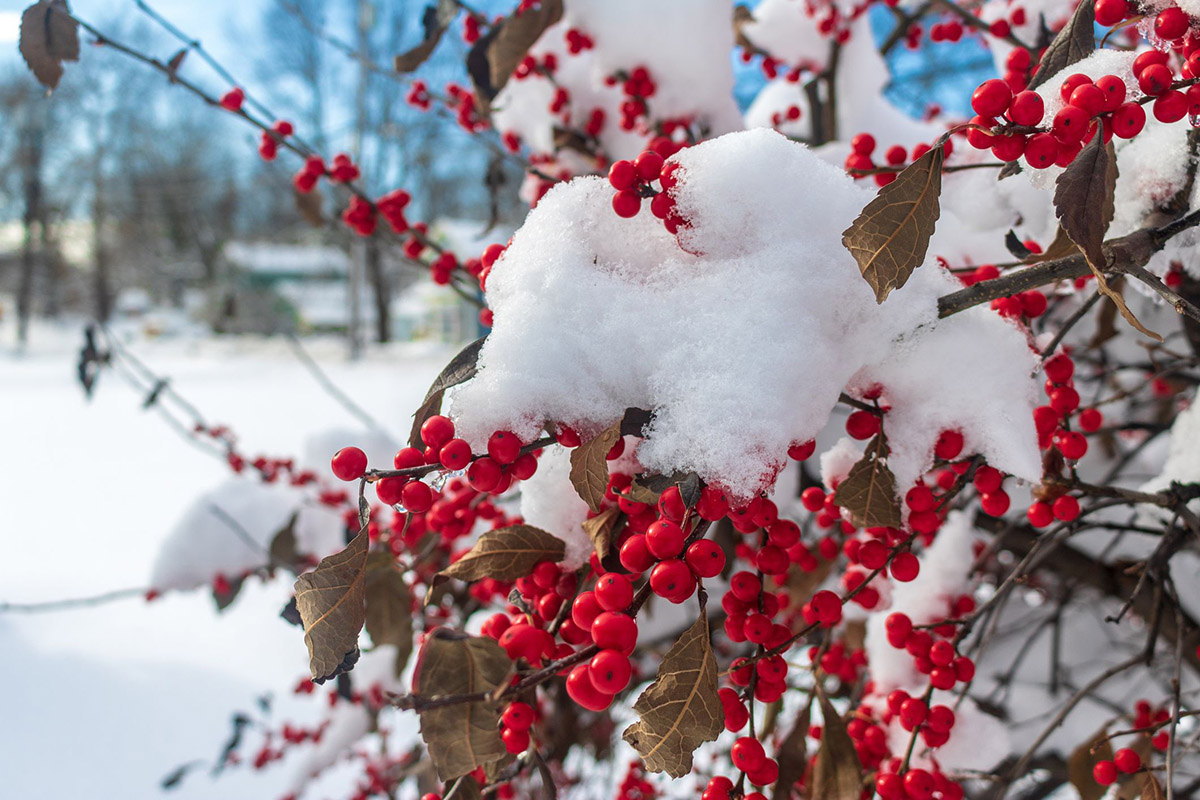
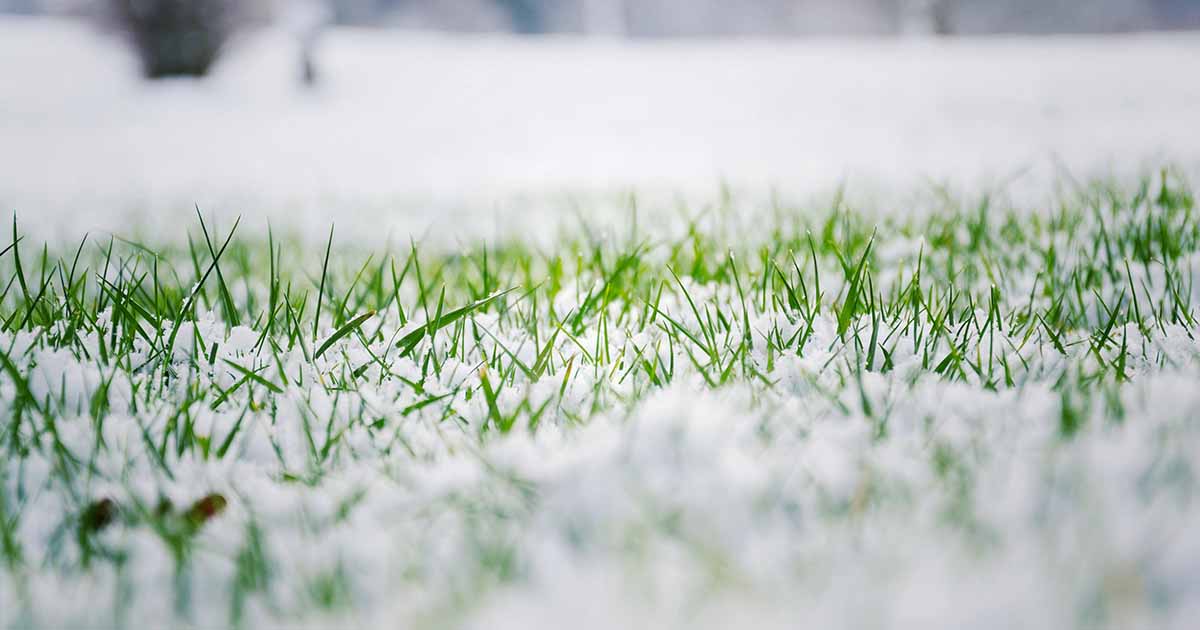
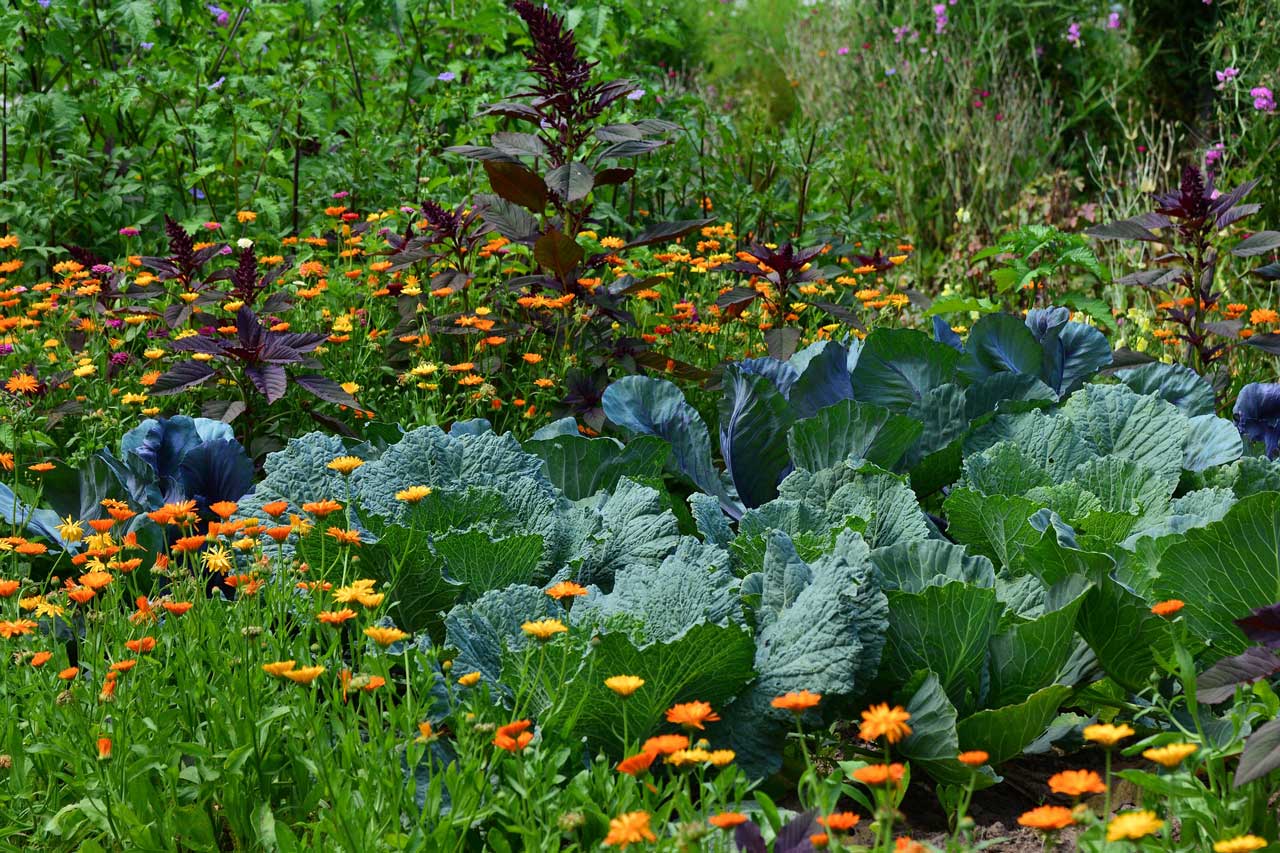
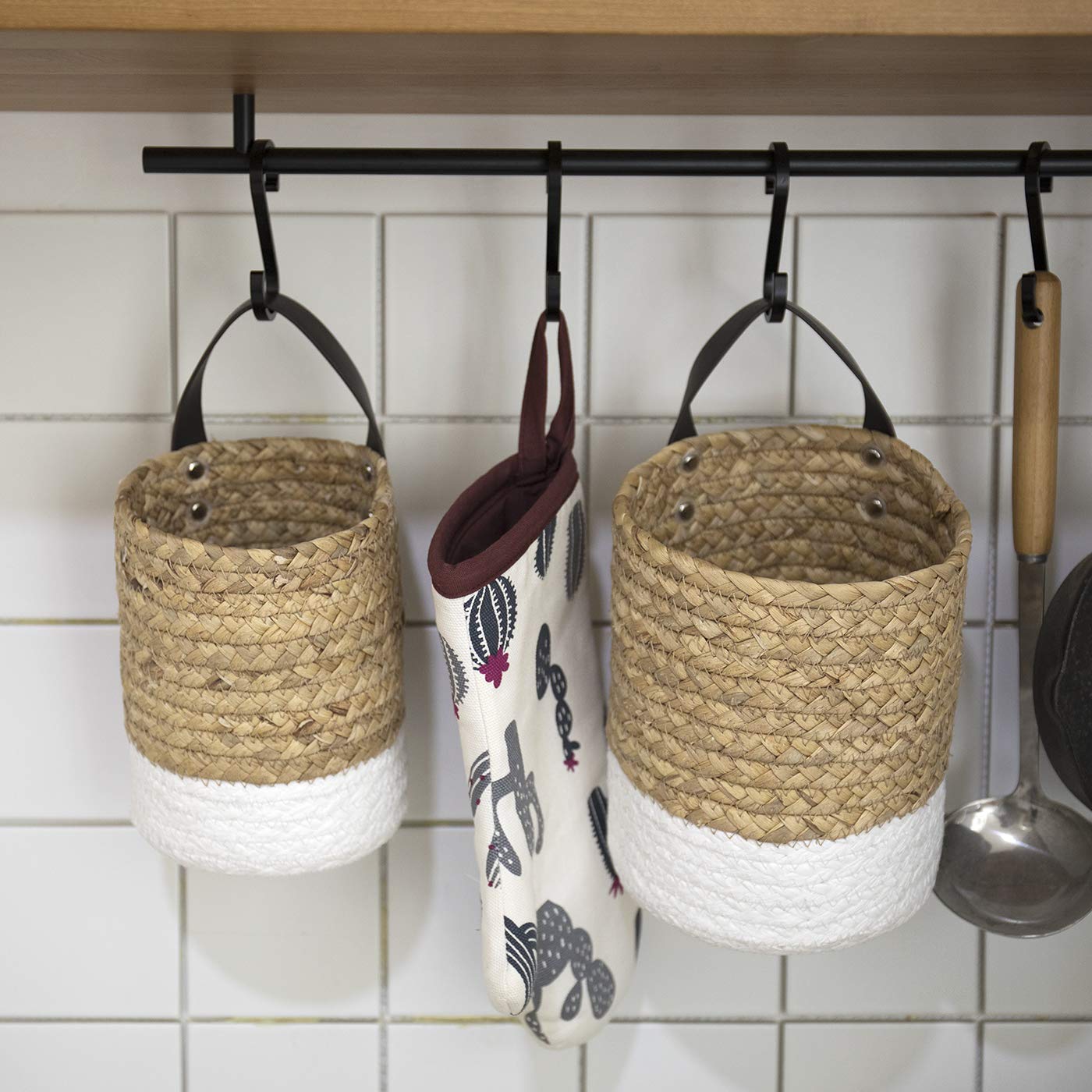
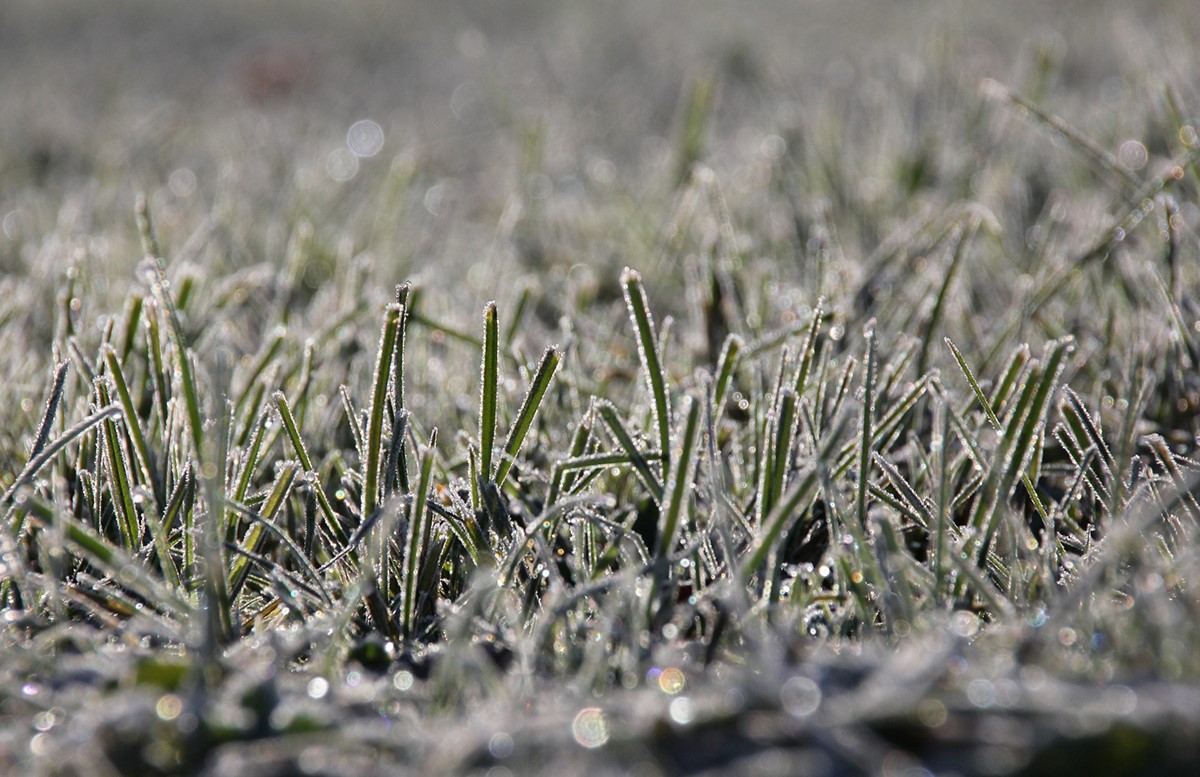

0 thoughts on “When To Plant Winter Hanging Baskets”